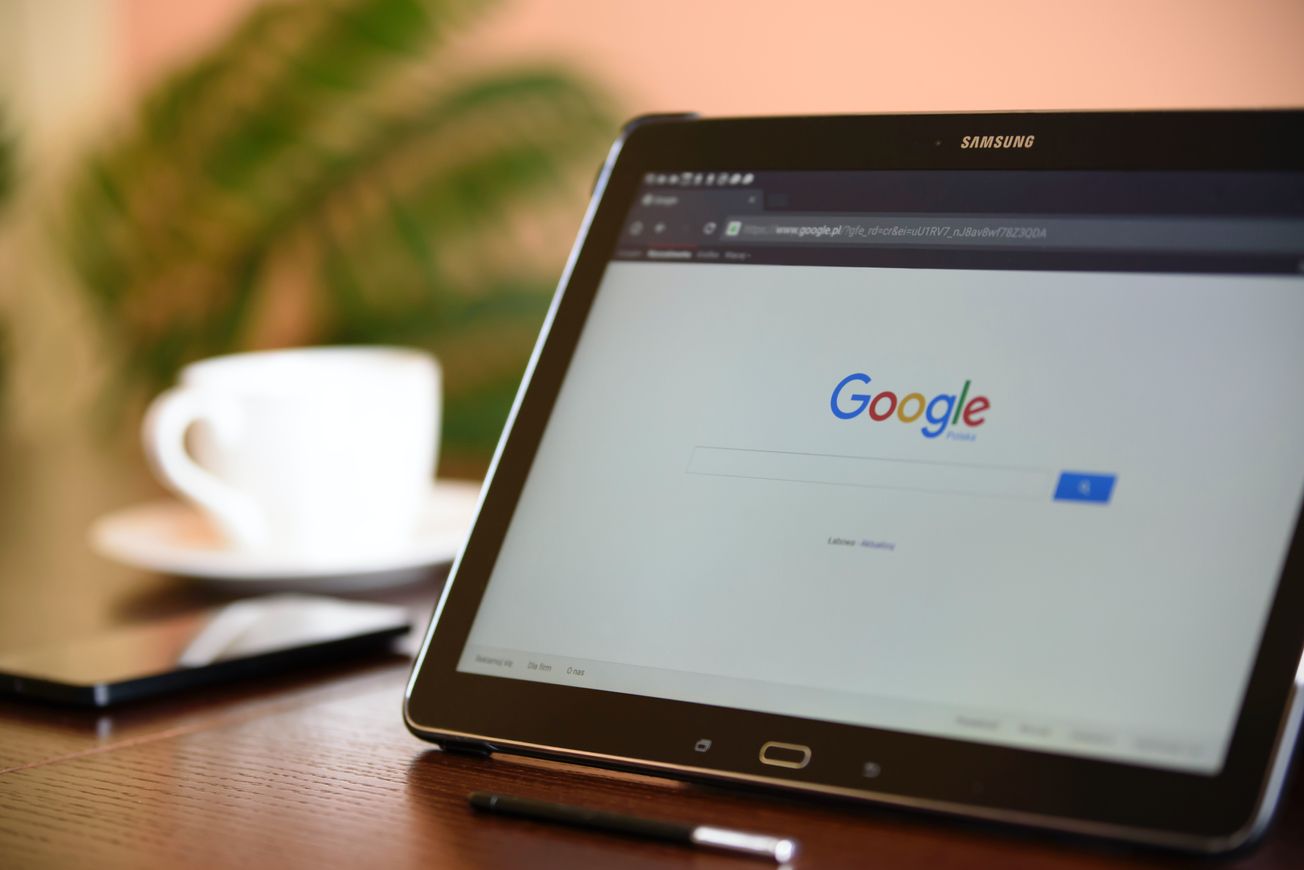In recent years, remote and hybrid work models have gained momentum, allowing employees to choose where they work. While this flexibility has been appreciated by many, some companies are eager to see their employees return to the physical office space. Google is one such company, aiming to encourage in-office attendance. In this article, we'll delve into Google's shift towards in-office work, the role of attendance in performance reviews, and the broader implications for the future of work.
Google's In-Office Initiative
Google, known for its innovative work culture, is looking to reestablish a sense of connection and collaboration among its employees by encouraging in-office attendance. Fiona Cicconi, Google's Chief People Officer, recently communicated this shift in a company-wide email. The new initiatives include reminders to employees with frequent absences, tracking office badge swipes, and incorporating attendance records into performance evaluations.
The Power of In-Person Collaboration
Cicconi's email emphasized the value of in-person collaboration, noting that employees who spend at least three days a week in the office tend to feel more connected to their colleagues. This sense of connection is believed to be magnified when team members work from the same location.
While not everyone may subscribe to the notion of "magical hallway conversations," the consensus is that working in the same physical space fosters positive interactions and teamwork. Indeed the value of office maintenance for a productive workplace has also been highlighted.
The Hybrid Work Approach
Google's approach to work in a post-pandemic world is referred to as a "hybrid approach." This model combines the advantages of in-person collaboration with the benefits of remote work. A Google spokesperson highlighted that this hybrid approach has been integrated into the company's workplace policies after more than a year of adapting to remote and hybrid work arrangements.
Public Perception and Employee Advancement
The shift towards in-office work at Google aligns with a broader sentiment regarding remote and hybrid work models. A survey conducted by CNBC and Survey Monkey revealed that 56% of respondents believe that in-person workers are more likely to "advance further" in their careers compared to remote and hybrid workers. This marks an increase from 47% in October 2021, suggesting a shift in public perception regarding workplace advancement.
CEO Perspectives on Remote Work
The remote and hybrid work models have sparked debates and discussions, with prominent CEOs sharing their perspectives. Elon Musk, for instance, questioned the "morality" of remote work, while Martha Stewart expressed concerns about its impact on the country. Such viewpoints reflect the diversity of opinions surrounding remote work's effects on productivity and innovation.
Employee Well-Being and Productivity
Despite the varied opinions on remote work, a Cisco survey in 2022 revealed that 78% of remote and hybrid workers believed this model had improved their overall well-being. This indicates that remote work can provide employees with a better work-life balance and reduce commute-related stress. However, the impact of remote work on productivity remains a topic of discussion.
Conclusion
Google's decision to prioritize in-office attendance and factor attendance into performance reviews highlights the evolving landscape of work in the tech industry. As the debate over remote versus in-person work continues, it's essential for companies to strike a balance that meets the needs of both employees and the organization. The future of work is likely to be characterized by hybrid models that offer flexibility while fostering collaboration. Ultimately, the success of these models will depend on how well they align with the goals and values of individual companies and their employees.








